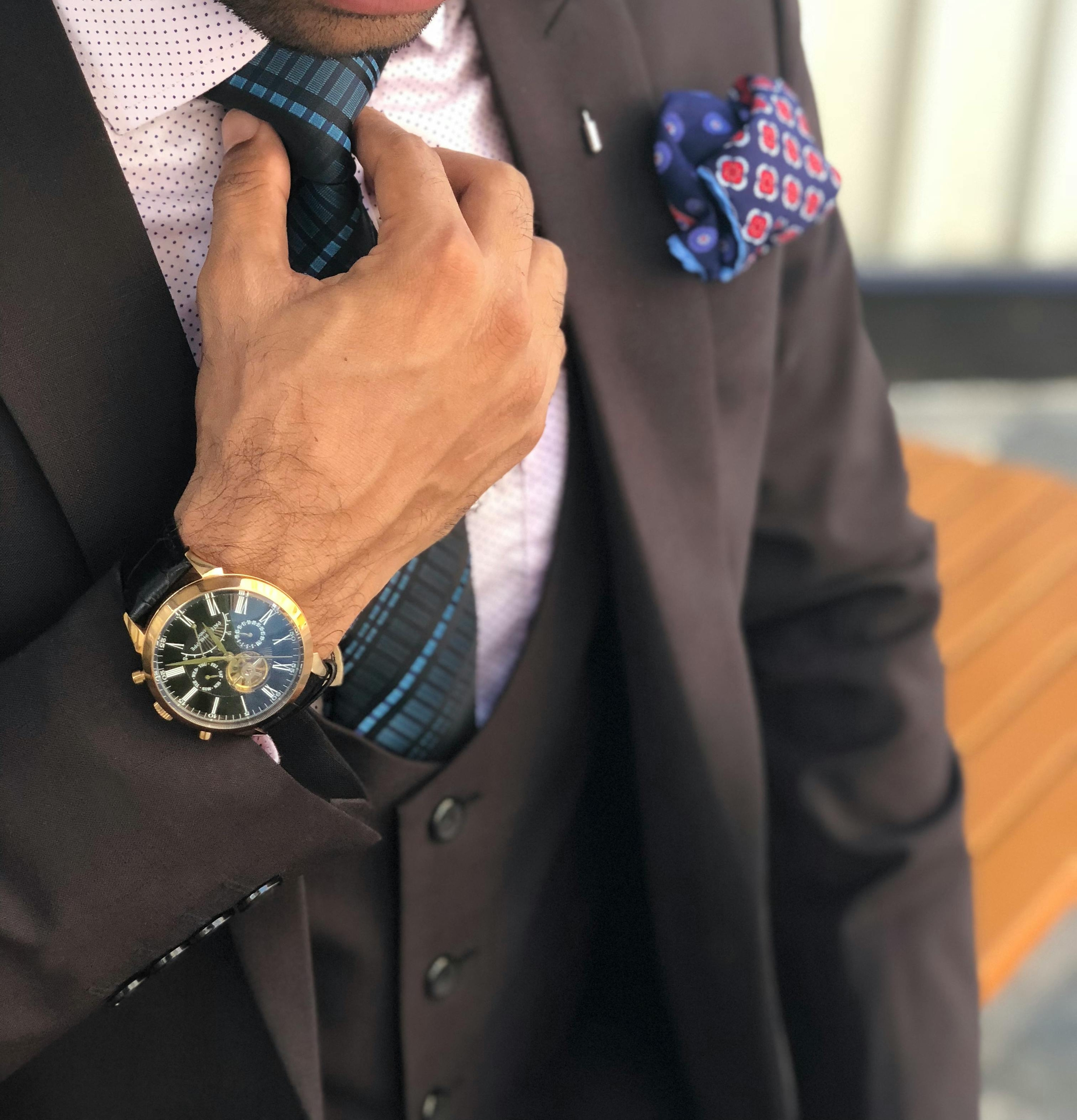
How to Become a Fashion Designer: A Step-by-Step Guide
How to become a fashion designer is a question often asked by creative minds aspiring to leave their mark in the world of fashion. Fashion design is a dynamic and competitive field that combines creativity, technical skills, and a keen eye for trends. To succeed, aspiring designers need passion, dedication, and a clear pathway to develop their skills and build a career. This guide outlines the essential steps to help you embark on this exciting journey.
Understanding the Role of a Fashion Designer
To learn how to become a fashion designer, it’s crucial to understand the responsibilities involved. Fashion designers create clothing, accessories, and footwear that blend functionality and aesthetics. They conceptualize ideas, sketch designs, select fabrics, and oversee production. A deep understanding of textiles, garment construction, and market trends is essential.
Fashion designers often specialize in niches like casual wear, evening attire, sportswear, or sustainable fashion. Identifying your niche helps establish a unique identity in the industry.
Acquiring Relevant Education
Education plays a key role in how to become a fashion designer. While formal education isn’t mandatory, it provides a strong foundation in design principles, color theory, and textile knowledge. Degrees or diplomas in fashion design, textile design, or related fields also offer opportunities for mentorship and portfolio development.
Internships during or after education provide hands-on industry experience, giving aspiring designers a glimpse into professional practices.
Developing Essential Skills
A critical step in how to become a fashion designer is acquiring the necessary skills:
- Sketching and Visualization: Strong sketching skills help translate ideas into tangible designs.
- Design Software Mastery: Proficiency in tools like Adobe Illustrator, Photoshop, and CAD software is essential.
- Business Acumen: Knowledge of pricing, production costs, and branding is vital for a sustainable career.
- Interpersonal Skills: Effective communication ensures successful collaboration with clients, manufacturers, and marketing teams.
Building a Strong Portfolio
A compelling portfolio is a cornerstone for anyone learning how to become a fashion designer. Your portfolio showcases your creativity, technical skills, and unique style. It should include sketches, mood boards, finished garments, and digital designs.
Focus on quality over quantity. Tailor your portfolio to specific job applications or opportunities, and update it regularly to reflect your latest work.
Gaining Industry Experience
Practical experience is a critical component of how to become a fashion designer. Internships, apprenticeships, and entry-level jobs help you learn from industry veterans while building valuable connections. Retail jobs or manufacturing roles provide insights into consumer behavior and production processes.
Participating in fashion shows, exhibitions, or design competitions is another way to gain exposure and credibility.
Staying Updated with Fashion Trends
Staying updated is vital when exploring how to become a fashion designer. Follow fashion shows, industry publications, and social media platforms like Instagram and Pinterest for inspiration and trend insights. Understanding cultural shifts and consumer preferences is essential for creating relevant designs.
Balance current trends with timeless elements to maintain a distinctive and memorable style.
Networking and Building Relationships
Networking is essential for those discovering how to become a fashion designer. Building connections with industry professionals, influencers, and clients can open doors to collaborations and opportunities. Attend fashion weeks, trade shows, and design seminars to meet like-minded individuals.
Social media platforms like Instagram and LinkedIn are powerful tools for showcasing your work and expanding your network.
Establishing Your Brand
For aspiring designers wondering how to become a fashion designer with their own label, branding is a crucial step. Your brand should reflect your design philosophy and target audience. Create a consistent visual identity with logos, packaging, and marketing materials to build recognition.
Effective marketing, including social media campaigns and influencer collaborations, helps reach a wider audience. Exceptional customer service and quality products build trust and loyalty.
Overcoming Challenges in the Fashion Industry
Learning how to become a fashion designer means understanding the challenges. Competition is intense, and breaking into the industry can be daunting. Financial constraints, long hours, and the need for constant innovation are common hurdles.
Seeking mentorship, embracing failures as learning opportunities, and remaining adaptable are key strategies for overcoming obstacles.
Embracing Sustainability in Fashion Design
Sustainability is an important consideration when learning how to become a fashion designer. Incorporate eco-friendly practices, such as using sustainable materials, reducing waste, and ensuring ethical production processes. Consumers increasingly prioritize sustainability, making it a competitive advantage.
Conclusion: How to Become a Fashion Designer
How to become a fashion designer is a journey that requires creativity, dedication, and resilience. By acquiring technical skills, building a strong portfolio, gaining industry experience, and staying updated with trends, aspiring designers can carve a niche for themselves in the vibrant world of fashion. With hard work, adaptability, and a commitment to your vision, you can turn your dream of becoming a fashion designer into a reality.



